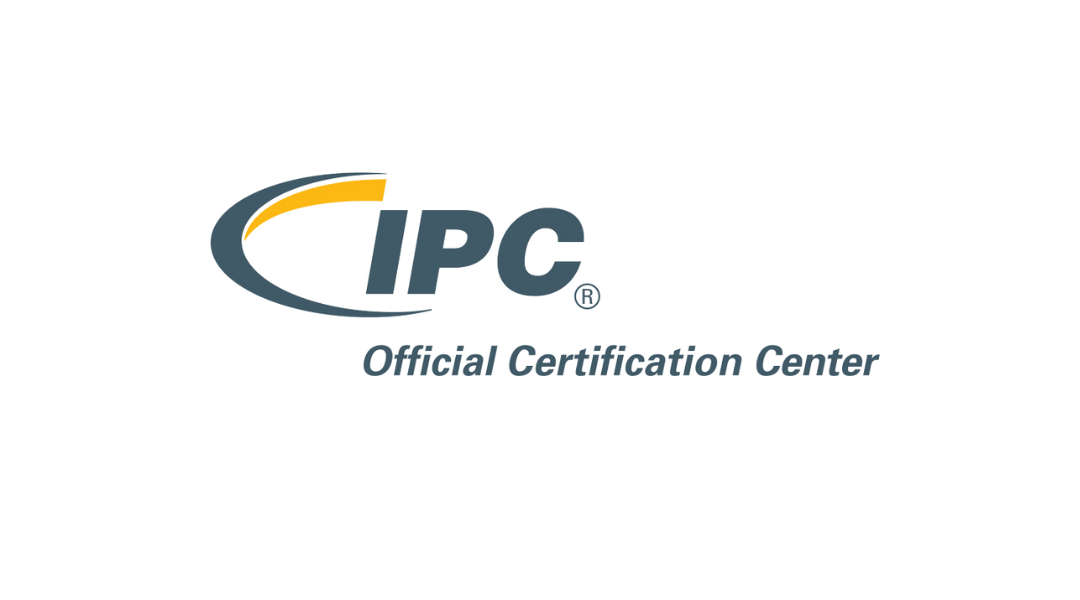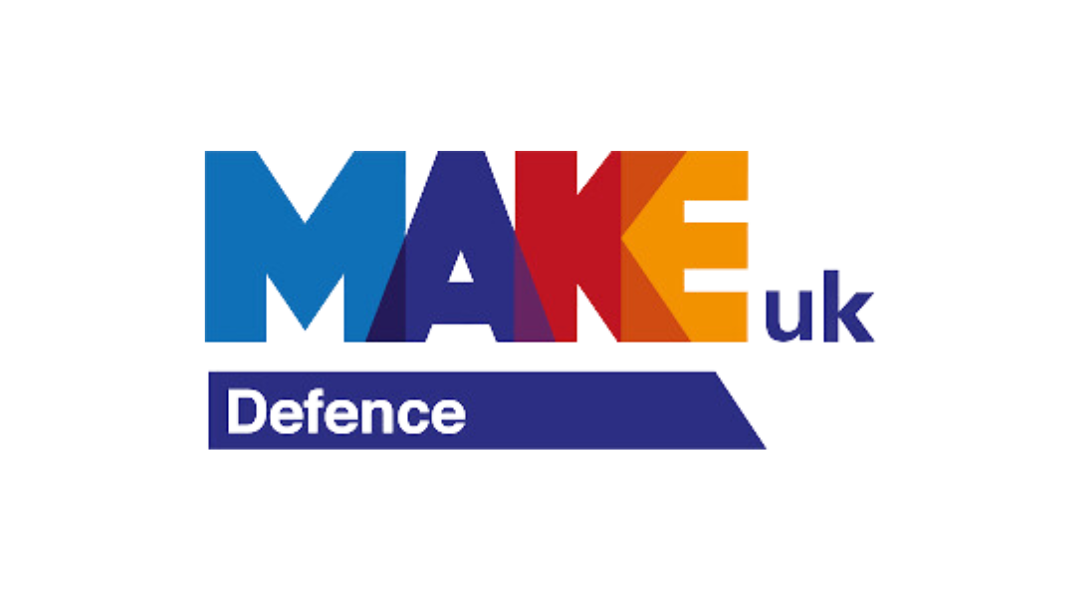Operations and quality leaders in the aerospace or automotive industries have my sympathy.
Under increasing pressure to reduce costs and protect profit margin you have a seemingly impossible task. Supply chains are highly constrained, parts are becoming ever more difficult to obtain, and, IF you can get hold of them, they are more expensive than they were previously. Lead times are longer, affecting your turnaround, which in turn also affects your bottom line. (for help with supply chain costs the recent Farnell white paper helps with supply chain issues)
Grim.
However, external costs are just that, external.
Frustrating yes, worrying yes, but there is very little you can do to minimise the impact of external forces as they are usually not within your area of control.
Let’s park those for a moment then and look at internal costs. Some of you will be aware of – your scrap costs for example, which you may or may not have a plan to address.
Some of you won’t. There will also be, I guarantee, some hidden costs that don’t show up on a balance sheet but will directly affect your profitability.
Without addressing the internal costs you’re going to be haemorrhaging money there too, however unlike external costs you CAN do something about them, so how do you uncover what they are if they’re not immediately obvious?
Here are just a few examples to start us off:
- Rework costs
When something hasn’t met its production or performance criteria it will need to be either repaired or reworked to make it bring it back into spec. This you already know.
Now most managers will probably be making a note of the percentage of circuit boards making the grade, but are they placing a monetary value on the time it takes to reprocess or repair these boards? Not only are you paying for time on the shop floor of your staff, but there is also the time which could have been spent on new business.
- Scrap costs
A board may have been damaged and it can’t be reworked and it can’t be reused. In some cases, you’ve simply wasted material – which you probably log.
You can sometimes recycle boards but again there is a cost associated with recycling. You may have to dispose of it with a proper waste carrier who complies with WEEE regulations, or it could be commercially sensitive and need disposing of differently.
Essentially here the COPQ (cost of poor quality) could be causing the business to pay out THREE TIMES for a product that NEVER makes any profit – ouch.
- Inspection costs
With the majority of circuit board manufacture comes a level of inspection which will take place – it is part of trying to ensure your end product meets your criteria and is fit for sale. If a fault IS found, it is better than the product leaving the factory, however, there is the associated cost of going back and rechecking all your previous stock, which may not be all in the same location, and may even need specialist equipment. Have you accounted for this?
- Time costs
This leads us nicely onto the rather unspecific ‘time costs’. Time taken to do anything the customer is not paying for is a cost to the business and affects your profit line.
Any additional work outside the normal manufacturing process, to make the product good is the time you pay for – a cost per hour for the work is a cost to the business, and the customer doesn’t benefit from it so they certainly aren’t going to pay for it.
- Service costs
Last but not least, if a component unit fails in service, rather than during the manufacturing process, this hurts your profit margins. The customer will have to find the faulty board, remove it, and return it to you for repair or replacement, all at a cost to the business – any company with a strong customer service ethic is not going to charge their customer for this!
Not only do you have to absorb the actual cost for transport, equipment, postage etc, again you are losing valuable time in addressing this issue, which could be used to work on new orders.
This scratches the surface of where your hidden costs may lie, and of course, some will be very specific to your company, sector and product.
With it being the end of the financial year, and if you are reviewing your previous years’ performance against budget, it may be worth including these in your thought process when setting your upcoming objectives.
Ultimately if you don’t KNOW where in your processes you are losing money, or you do not have a way you can measure this effectively, you could be in the same position (or worse) this time next year – and nobody wants that!
The first step to reducing your costs is to understand where to focus. If you are an operations or quality leader, and this has struck a chord with you, feel free to drop me a line to find out how I can help.
[/et_pb_text][/et_pb_column][/et_pb_row][/et_pb_section]




